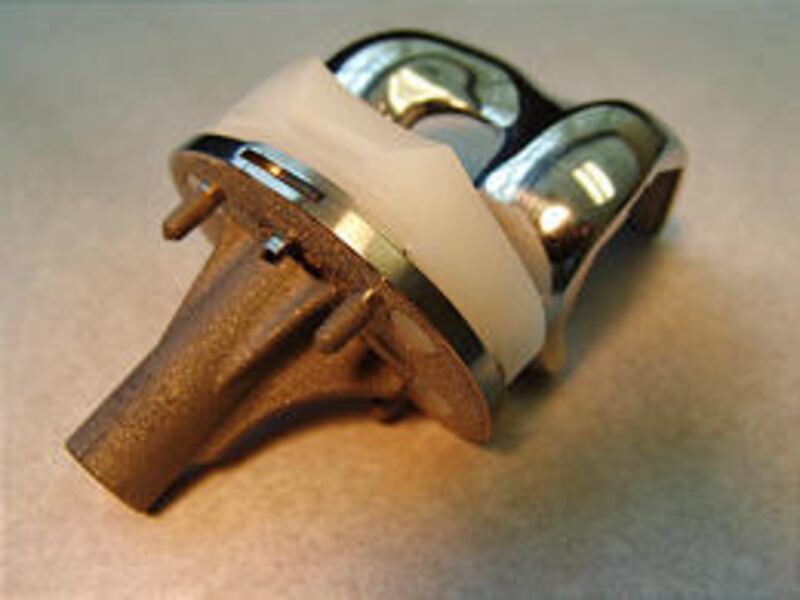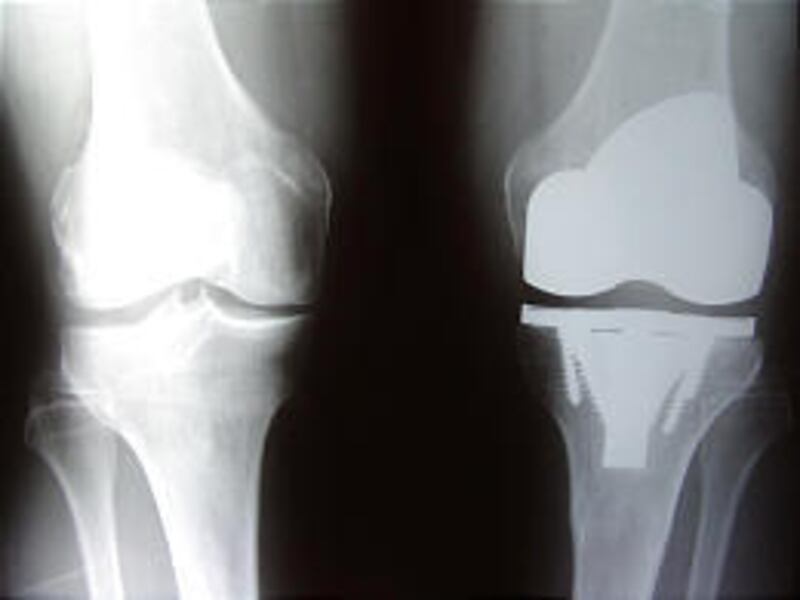Roger Hancock isn't impressed by the old saying that it's easier to put a man on the moon than to successfully repair a knee.
He hasn't been to the moon, but his knee works quite nicely, thank you. And he tests it constantly in ways that would not occur to many 69-year-olds.
Think skiing. And competitive cycling, which in warm months has the Draper resident pedaling six days a week, training for events that take him all over.
Last week, for instance, he and a riding buddy from Annapolis, Md., competed in a Masters nation time trial in Pennsylvania, where they pedaled a tandem bike 11 miles uphill and another 11 down as fast as they could. It's not bad, he says, for a retired guy with an artificial knee.
Hancock's always been active, but he realized early in life that he was hand-eye-coordination challenged. "I can't hit a softball or tennis ball. But I can do things that require musculature," he says. That's where the passion for pedaling and skiing came in. And it's those sports he pursues in his spare time with his wife, Peggy, although she won't ride his new tandem with him. She jokes she's too competitive for that.
But when you play hard and compete hard, you sometimes land hard. A few years ago, Hancock, a retired banker and entrepreneur who moved to Utah from Baltimore, broke his kneecap. When the Olympics were in Utah, he volunteered to be a sweeper, one of the skiers who side-slip the hill between competitors to push off churned-up snow and give the next comer a clean course. Someone bumped into him, and he tore his anterior cruciate ligament and his meniscus.
Later, his leg had more jolts. One time, he was skiing and hit a patch of ice, which broke his tibia and re-tore both the anterior cruciate ligament and meniscus. Although he did the work to regain use of his leg and knee after each injury, pain would come calling after he'd skied or biked for an hour or so.
A competitive guy, he couldn't stand that he wasn't as technically strong as he had been because of the pain and repeated injuries. He was taking it down a notch — and he didn't like it.
He tried knee support and even used an unloader brace to take the weight off his bad knee. He had cortisone shots, too. Still, it wasn't enough, and he knew it was time to consider something drastic.
Dr. Lynn Rasmussen, an orthopedic surgeon at TOSH (The Orthopedic Specialty Hospital), said the long history of injuries and repairs in Hancock's left knee had left scar tissue and post-traumatic osteoarthritis. Both his cartilage and bone had deteriorated.
"It happens to everyone, if they live long enough," Rasmussen says, "but hereditary factors and injuries can accelerate that."
He recommended knee replacement, which is not without some risks. Artificial knees, he says, can fail patients by coming loose from the bone or if the bearing surface wears out. With Hancock's high-demand lifestyle, Rasmussen says, he figured the knee would have to be anchored well and be strong enough to meet the demands.
Two years ago this month, Rasmussen implanted Wright Medical's ADVANCE Medial-Pivot Total Knee System, which has three parts: a titanium platform with a stem that goes into the lower bone, a cap made of cobalt chromium metal that goes over the curve of the femur's end and a polyethylene plastic liner that sits on the platform.
Because of the material used, the new knee is subject to osseointegration, which means Hancock's bone will grow up and through it, becoming part of it. As for fixing it, a stem with four fins for rotational stability goes down into the bone. There are four spikes around the outside and four titanium screws, Rasmussen says.
But it's the motion that matters to Hancock. His knee not only rolls back and forth but rotates — just like the one it replaced.
Rasmussen made the incision as small as he could, cutting a little more to the inside for a small entry. Effort to expose the knee without cutting muscle and tendon lets the patient keep more strength and motion from the beginning.
Rasmussen says patients often stand the day after surgery. A typical patient feels pretty good in a couple of days. Patients also work with physical therapy a few times a week for several weeks. Within a couple of weeks, pedaling a bike is possible. And within three months, patients can be back to their normal — even strenuous — activities.
Riding competitively has been one of Hancock's loves. These days, he says, it's also one of his life missions. He wants people to see that getting older doesn't mean you sit things out. And neither does a serious injury.
You get up and get moving again, he says.
E-mail: lois@desnews.com


